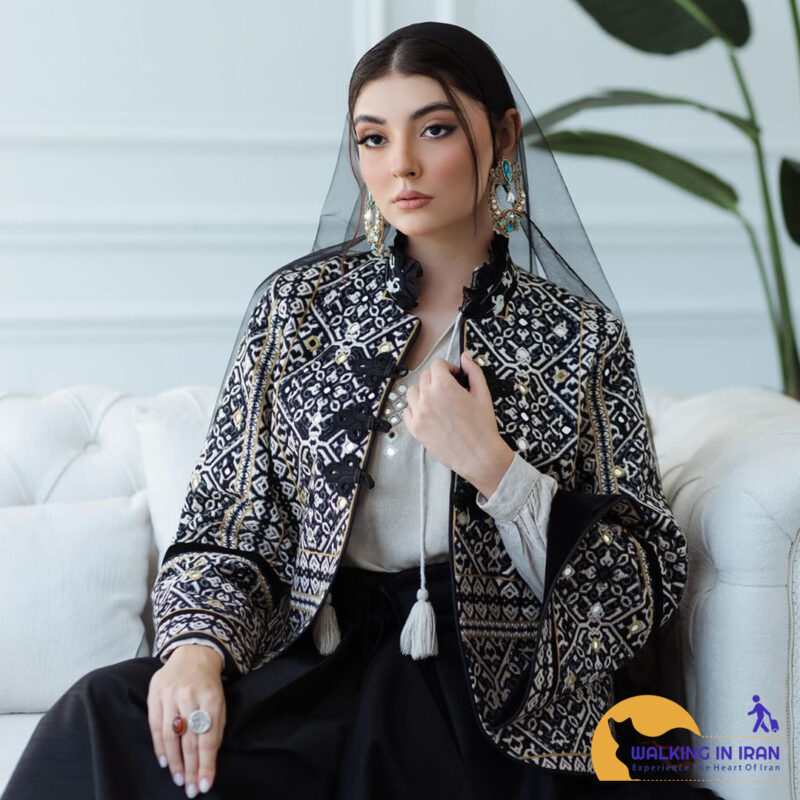Darvish Tafaresh’s needlework art: a fusion of mysticism and art
Tafaresh Darvish needlework is one of the most beautiful and original types of Iranian needlework, which is rooted in mysticism and Sufi beliefs. This art is a combination of symbols, Quranic verses and geometric designs that are sewn on fabrics such as felt, wool and silk.
History and characteristics of Darvish embroidery
- Historical roots: Darvish needlework goes back to the Safavid and Qajar periods. Dervishes at that time, while sewing their clothes, used to chant and pray and considered this act as a form of worship.
- Designs and Symbols: Darvish embroidery designs often include Quranic verses, divine names, geometric shapes such as stars, moons and suns, as well as Sufi symbols such as the tree of life and fish.
- Colors: The colors used in dervish embroidery are usually natural and warm colors such as blue, green, red and yellow, each of which is a symbol of a specific meaning and concept.
- Raw materials: felt, wool and silk fabrics are used for sewing dervish embroidery, and the threads used are often made of silk or cotton.
The difference between dervish embroidery and Tafrush embroidery
Although these two types of needlework have many similarities, there are also differences between them: - Meaning and concept: Darvish embroidery has its roots in mysticism and Sufi beliefs, and its symbols are more spiritual and religious, while Tafaresh embroidery is more decorative.
- Designs: Darvish designs are often simpler and more geometric, while taffeta designs are more complex and varied.
- Colors: Natural and warm colors are used in dervish embroidery, while a wider range of colors is used in tafaresh embroidery.
Applications of dervish embroidery - Dress: Dervish embroidery was mostly used to decorate dervish clothes such as robes, felt hats and cloaks.
- Personal items: Dervish embroidery was used to decorate bags, janmaz, small bags and other personal items.
- Interior decorations: In the past, dervish embroidery was used to decorate walls, ceilings and other interior parts of houses.
The importance of preserving and revitalizing dervish embroidery
Darvish embroidery as a valuable cultural heritage needs to be preserved and revived. Teaching this art to the young generation and supporting the artists of this field can greatly contribute to the sustainability and development of this art.


